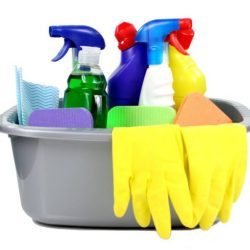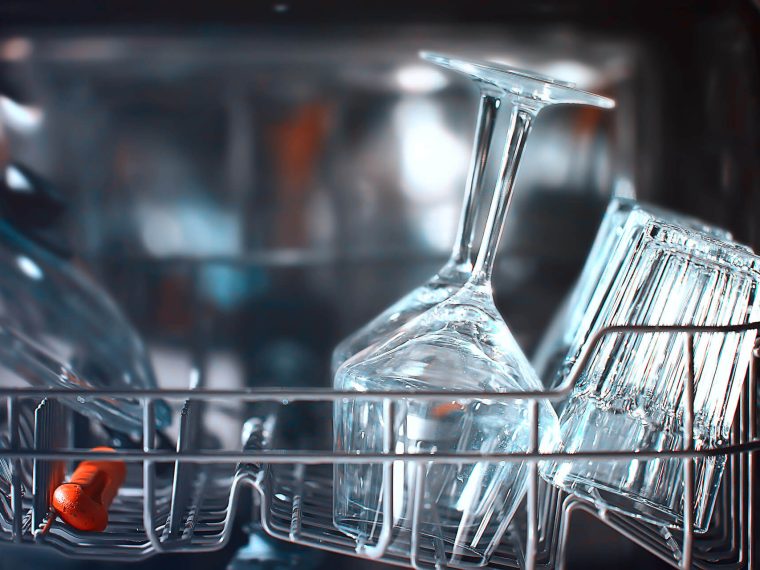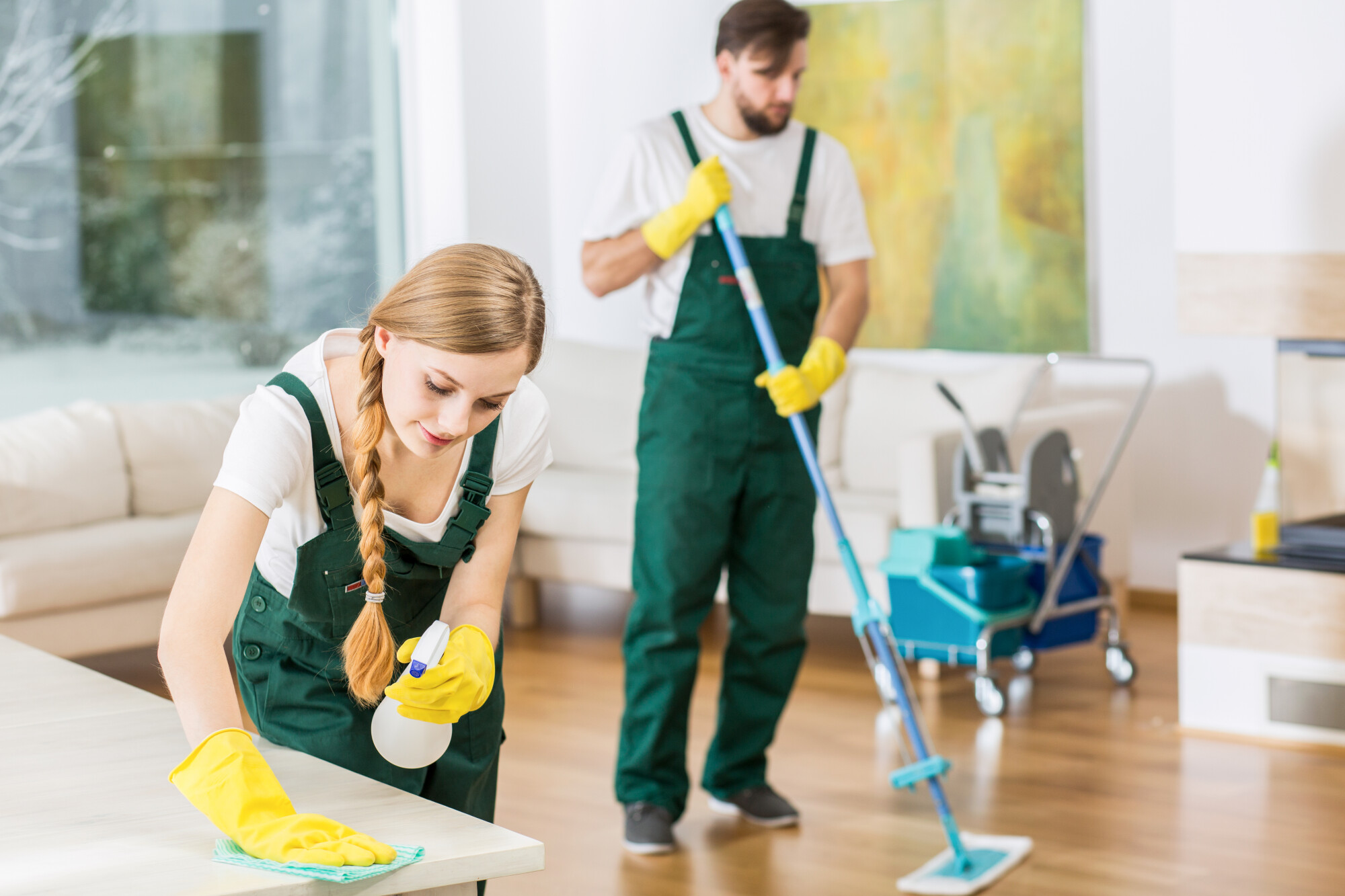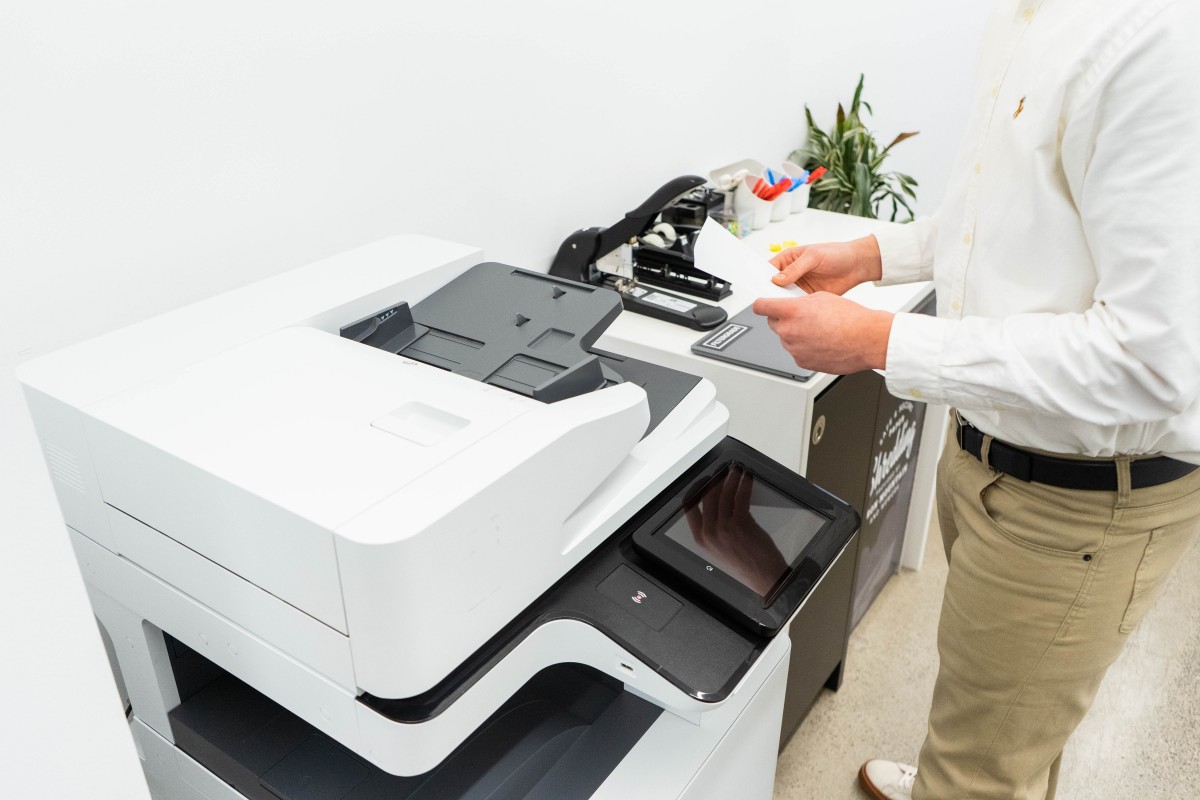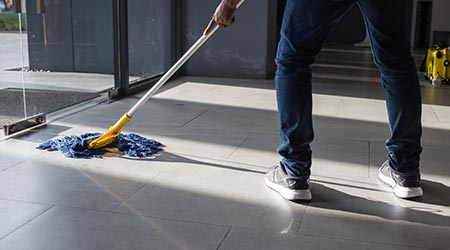Glassware is an integral part of our lives, from the humble drinking glass to delicate wine glasses, elegant crystal vases, and laboratory equipment. To maintain their pristine appearance and functionality, it’s essential to know how to clean glassware properly. Cleaning glassware isn’t just about aesthetics; it’s also about ensuring safety and preserving the quality of the glass. In this comprehensive guide, we’ll explore the art of crystal-clear cleanliness and provide you with step-by-step instructions on how to properly clean glassware of all types.
Materials You’ll Need
Before delving into the cleaning process, gather the necessary materials:
- Mild dish soap: Choose a gentle, non-abrasive dish soap to avoid leaving behind residues or damaging the glass surface.
- Warm water: Use lukewarm water, as extreme temperature changes can cause glass to crack or shatter.
- Soft brushes or cleaning cloths: Opt for soft, non-abrasive materials to avoid scratching the glass. Microfiber or cotton cloths and soft-bristle brushes work well.
- White vinegar or rubbing alcohol: These can be used for tough stains or mineral deposits.
- Soft towels or drying racks: To prevent water spots, you’ll need a clean, soft towel or a drying rack where glassware can air dry.
- Latex or nitrile gloves (optional): These can help protect your hands, especially when dealing with chemicals or fragile glass.
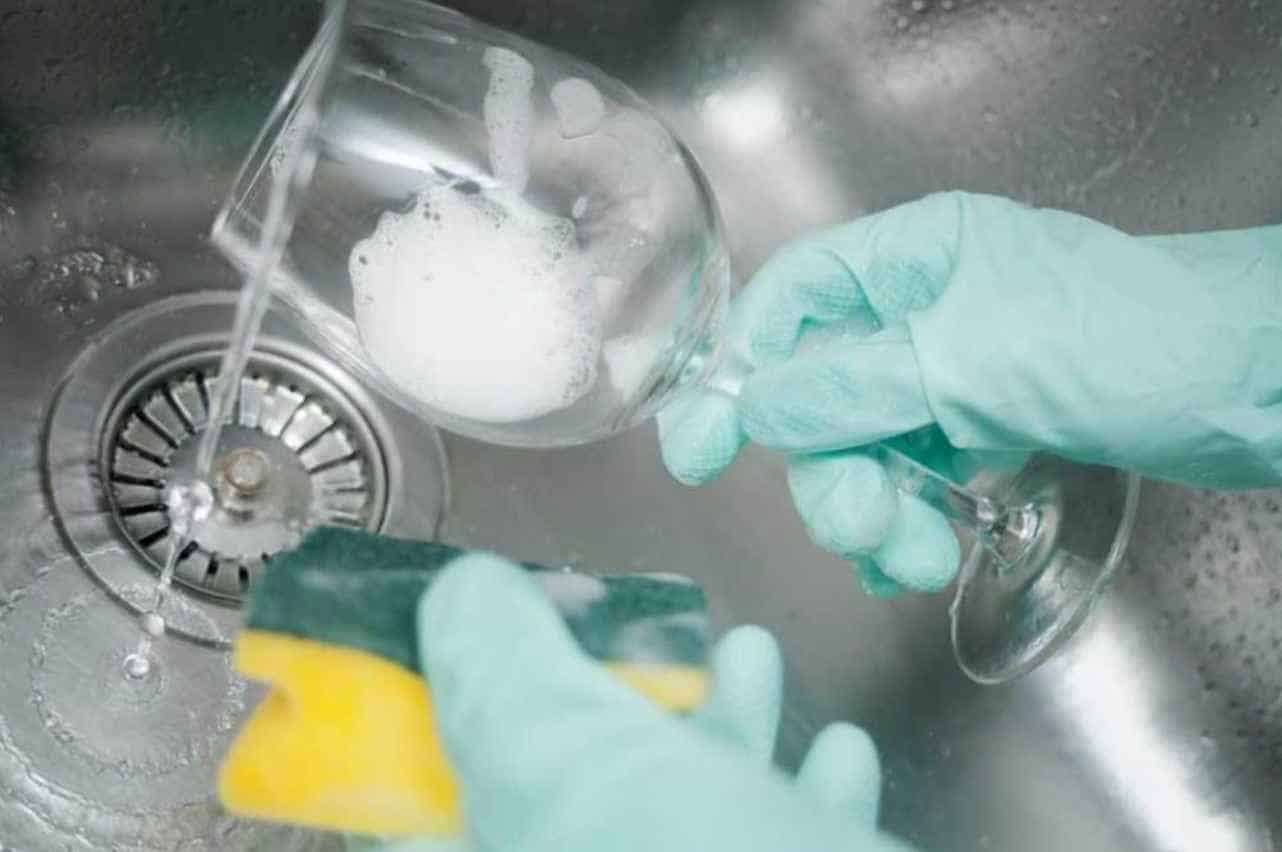
Cleaning Common Glassware
Drinking Glasses and Everyday Glassware:
a. Rinse the glass with warm water to remove any loose debris or residue.
b. Fill a basin or sink with warm, soapy water.
c. Immerse the glass in the soapy water and use a soft brush or cloth to gently scrub the interior and exterior.
d. Pay special attention to the rim, where lip and fingerprints tend to accumulate.
e. Rinse the glass thoroughly with warm water to remove all soap residue.
f. Allow the glass to air dry on a clean towel or a drying rack. Avoid using a cloth that may leave lint behind.
Wine Glasses and Stemware:
a. Start by holding the glass by the stem to prevent fingerprints on the bowl.
b. Rinse the glass with warm water to remove any wine residue.
c. Fill a basin with warm, soapy water, and immerse the glass carefully.
d. Use a soft brush to gently clean the inside of the bowl, paying attention to any wine stains.
e. Rinse the glass thoroughly with warm water, ensuring all soap is removed.
f. To prevent water spots, turn the glass upside down on a clean towel to air dry.
Crystal Glassware:
a. Crystal glassware is more delicate, so it’s crucial to handle it with care.
b. Fill a basin with lukewarm soapy water.
c. Gently clean the glass with a soft brush or cloth. Avoid using abrasive materials.
d. Rinse thoroughly with lukewarm water to remove soap residue.
e. To prevent spotting, dry with a clean, lint-free towel or a drying rack.
Dealing with Stubborn Stains or Deposits
Sometimes, glassware may develop stubborn stains or mineral deposits. Here’s how to tackle them:
Hard Water Deposits:
a. Soak the affected glassware in a solution of equal parts white vinegar and water for about 15-20 minutes.
b. Use a soft brush or cloth to gently scrub away the deposits.
c. Rinse thoroughly with warm water.
Wine Stains:
a. For red wine stains, sprinkle a generous amount of salt on the stained area.
b. Gently rub the salt into the stain using a soft cloth or sponge.
c. Rinse and wash as usual.
Cloudy or Hazy Glassware:
a. If your glassware appears cloudy, it may be due to hard water deposits.
b. Soak the glassware in a mixture of equal parts white vinegar and warm water.
c. After soaking, gently scrub with a soft brush or cloth.
d. Rinse thoroughly with warm water to remove the vinegar solution.
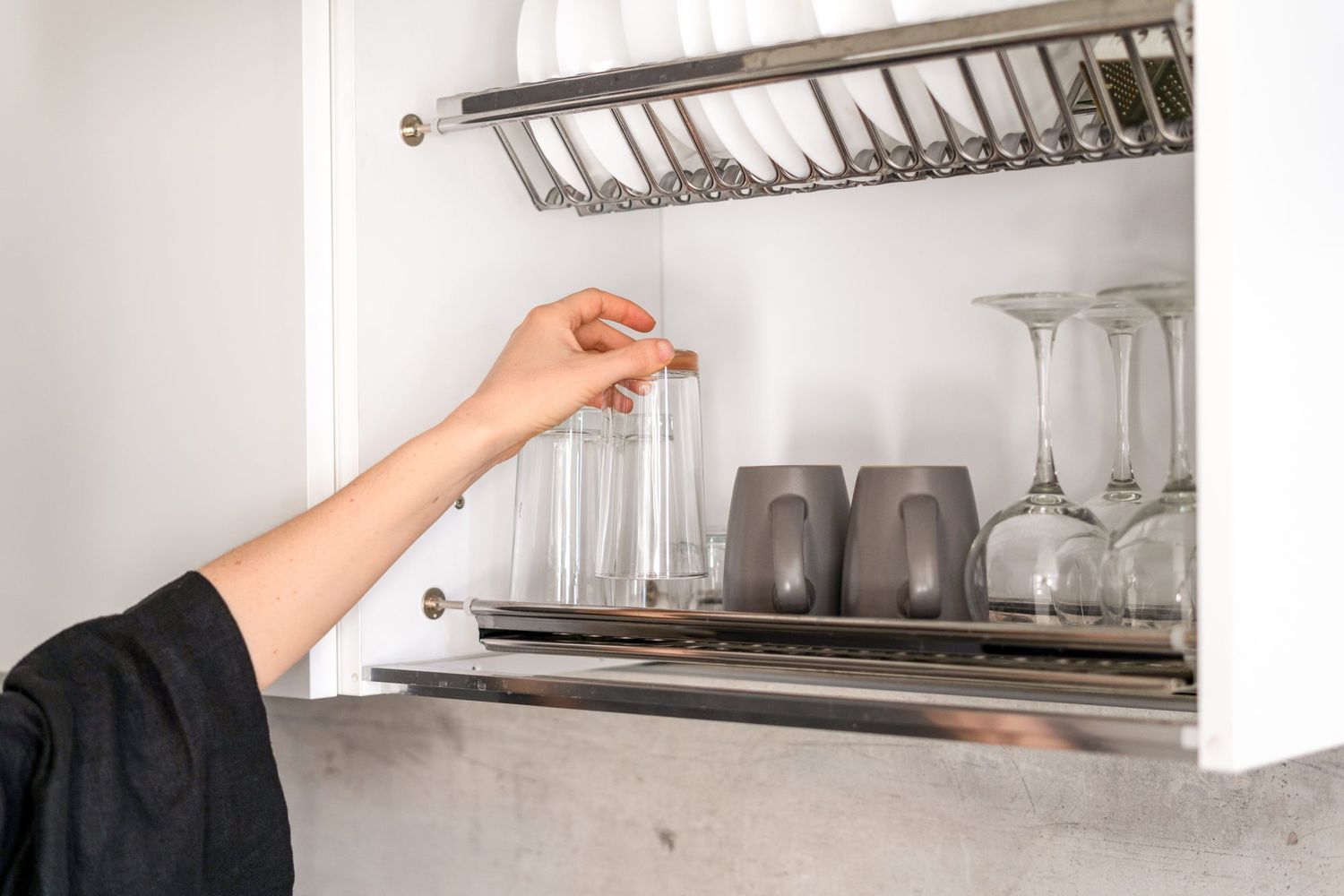
Safety Considerations for Laboratory Glassware
Cleaning laboratory glassware requires special attention to safety. Here are some guidelines:
- Wear appropriate personal protective equipment (PPE), including gloves and safety glasses when dealing with potentially hazardous materials.
- Handle glassware with care to avoid breakage or injury.
- Use specialized glassware brushes and detergents designed for laboratory glassware.
- Rinse laboratory glassware with deionized or distilled water to prevent contamination.
- After cleaning, inspect glassware for any cracks, chips, or defects that may compromise its integrity. Discard damaged glassware to prevent accidents.
Properly cleaning glassware is essential for maintaining its functionality, appearance, and safety. Whether you’re dealing with everyday drinking glasses, delicate wine glasses, or laboratory equipment, following the steps outlined in this guide will help you achieve crystal-clear cleanliness every time. Remember to handle glassware with care, use gentle cleaning materials, and take extra precautions when dealing with stubborn stains or laboratory glassware. With the right techniques and a little patience, you can enjoy the beauty and utility of your glassware for years to come.
